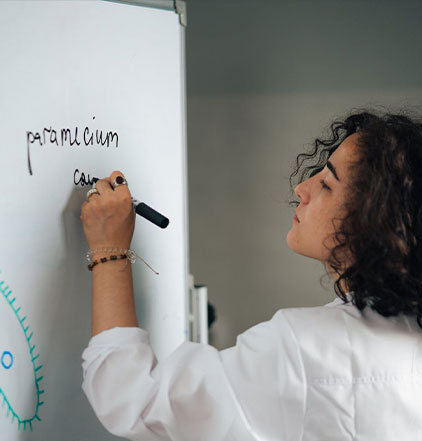life of a lubricant: the complex world of lubricant testing
Set against a backdrop of emerging new fuels for marine propulsion and ever-increasing, stringent emissions regulations, formulating and testing new lubricants for the marine industry is a long and detailed process for Chevron Marine Products.
From concept to completion including OEM approval, the program to develop and test a new cylinder lubricant could take a few years, of which at least one to two years are the planning phase.
Given that more and more products are being evaluated as possible marine fuels for the future – such as, for example, methanol, hydrogen, ammonia, bio- and renewable fuels – lubricant developers are tasked to develop innovative lube solutions for the engines running on these new fuels.
And it requires complex teamwork involving Chevron Marine products and technology experts and a variety of partners, including base oil and additive suppliers, multiple engine manufacturers (OEMs) and, of course, customers who participate in sea trials.
The actual testing of lubricants in engines, prior to securing approval for their use, involves multiple OEM engine testing, typically taking 4000 – 6000h in a variety of engine types and fuels.
The first part of the development of a new lubricant is on a drawing board. That is where many formulations of the company’s lubricants are carried out to determine how well they work. Experts look at the key aspects of the lubricant properties impacting engine performance such as thermal and oxidative stability or required particular lubricant properties.


Next, Chevron Marine Products’ lubricants proceed to laboratory testing to ensure their lubricant properties are satisfactory. This stage is followed by bench testing to assess aspects such as evaluating the lubricant at higher temperatures and pressures.
An engine test then follows where the lubricant is tested under similar conditions to those in the field. The in-house engine tests are designed in such a way that they correlate as closely as possible with real world conditions.
Satisfied with the test results, and confident that the new lubrication formulation will work, another highly important stage has been reached.
The engine maker is approached and provided with the lubricant’s data and test results. The manufacturer is usually also able to carry out its own in-house testing to ratify results as required.
Discussions are then held with a suitable shipping company or power plant to secure the testing of the lubricant on a vessel or site. Next is a long, on-board field test, often at least 4,000 hours for a marine engine oil, followed at the end by an examination of the ship’s engine condition by field test experts with OEM reps. Once the OEM is satisfied with the engine’s condition with lube performance, the lubricant is given a no objection letter (NOL) by the engine manufacturer, which enables the product to reach the commercial markets.
There is also the complexity of base oil. In the market today, there are Group l, ll, lll and IV base oils, which are used to manufacture lubricants, with the marine industry predominantly using Groups l and ll.
To gain approvals for both base oil groups’ finished lubricants, multiple field tests may be required to secure engine maker approval. Inevitably, the involvement of some experts – both in-house within Chevron and from external organizations – means the testing program for a new lubricant needs significant technical resource, financial investment and long-term, complex planning.
Teamwork is essential to take the lubricant concept from the drawing board through to the final, necessary approvals from an engine manufacturer. Only then, after years of testing and research – both in-house and at sea – is the new lubricant ready to reach the commercial market.
